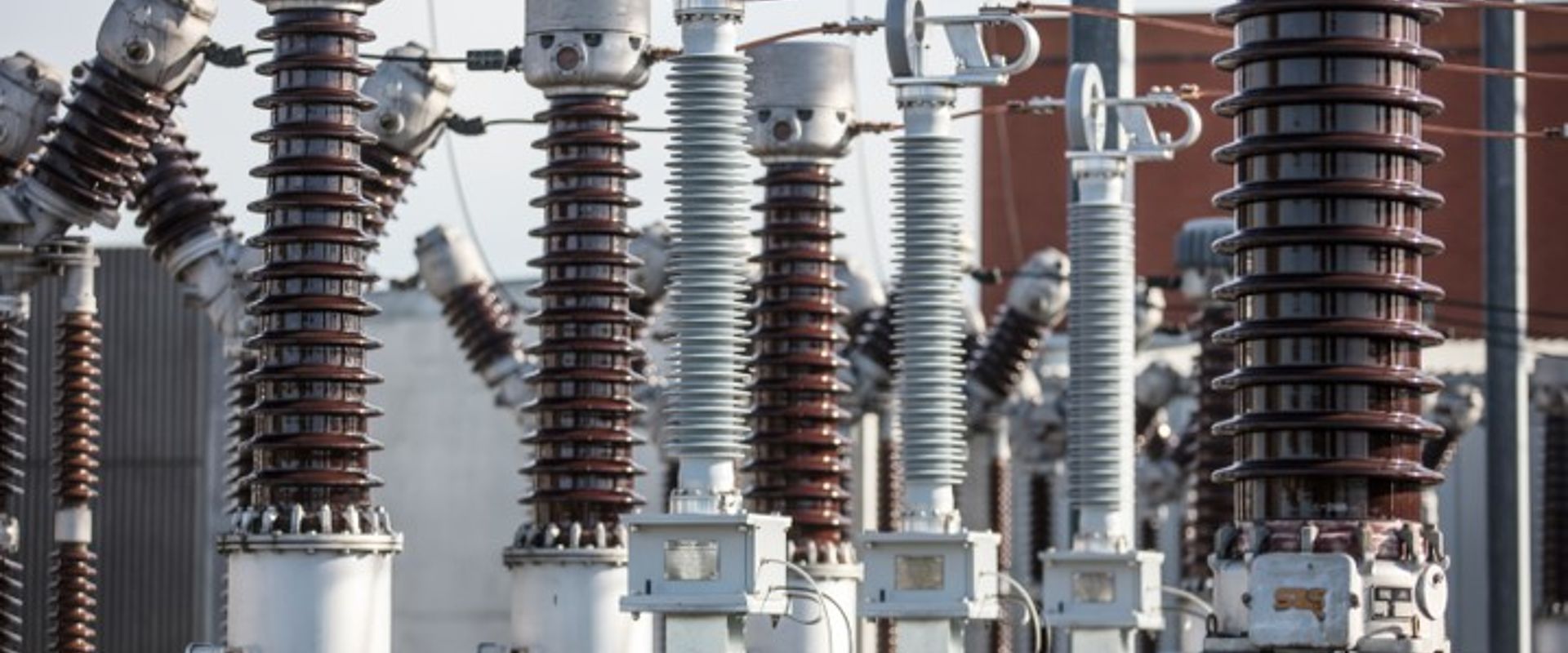
New sensors for the high voltage grid
Challenge
The increased use of renewables is problematic for electrical networks as these sources of energy can cause harmonics, where the alternating current (AC) is distorted, leading to outages or degraded power quality. To address this, smart grids are being developed which can help stabilise a network by monitoring it in real-time and automatically react to changes in the electricity flow.
A new generation of measuring instruments are being introduced to help implement these grids, including novel, non-conventional voltage and current sensor technologies. These devices measure the continuous analogue output of the voltage and current transformers and convert it to a discrete sequence of digitised samples. These ‘sampled values’ are then sent over the internet to instrumentation involved in grid control.
International standards are in place regarding such sensors however there is a lack of calibration services covering all the functions of the new instruments. As calibration is a requirement to demonstrate performance and conformity to standards there is a pressing need to ensure measurement services are available to support the introduction of these new technologies.
Solution
The EMRP project Non-conventional voltage and current sensor for future power grids examined emerging measurement technologies capable of monitoring the state of electrical networks.
From project results METAS, the National Metrology Institute (NMI) for Switzerland, developed a set-up, along with software architecture based on code created at the University of Strathclyde, allowing the calibration of a wide range of measurement instrument types. The new service allows sensors sending sampled values to establish robust traceability to the international standard IEC 61850-9-2. This standard defines the requirements for the communication protocols for intelligent electronic devices to ensure their interoperability. As instrumentation may be geographically separated or produced by different manufactures this is an essential requirement for the introduction of smart grids.
Impact
CONDIS SA, a Swiss manufacturer and technological leader in the area of high and medium voltage capacitors and solutions, employed METAS to calibrate a prototype Electronic Fiber Optic Current Transformer (EFOCT). This sensor developed by PROFOTECH JSC and manufactured in partnership with CONDIS SA presents an alternative to conventional current transformers and can be configured to a range of different applications. The EFOCT is fully compliant to the IEC 61850-9-2 standard with additional features such as a high frequency bandwidth and an oil-free and compact design. Due to its passive sensor design it does not require active liaison to the grid which greatly increases safety for test operators.
Following METAS’ calibration services an independent Swiss laboratory confirmed the high quality of the new device in terms of measurement precision. CONDIS stated that having an official test-report from a renowned measurement institute like METAS will help its entrance into the market for highvoltage instrument transformers that are based on optical measurement technology.
This new calibration service provides traceability to the SI for next-generation network sensors and is a significant step towards ensuring the operational capability of smart grids.
- Category
- EMRP,
- Energy,
